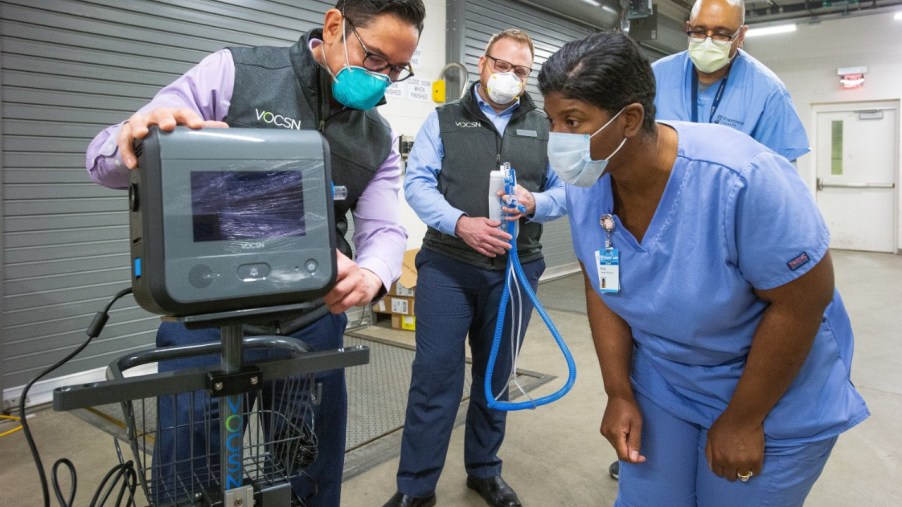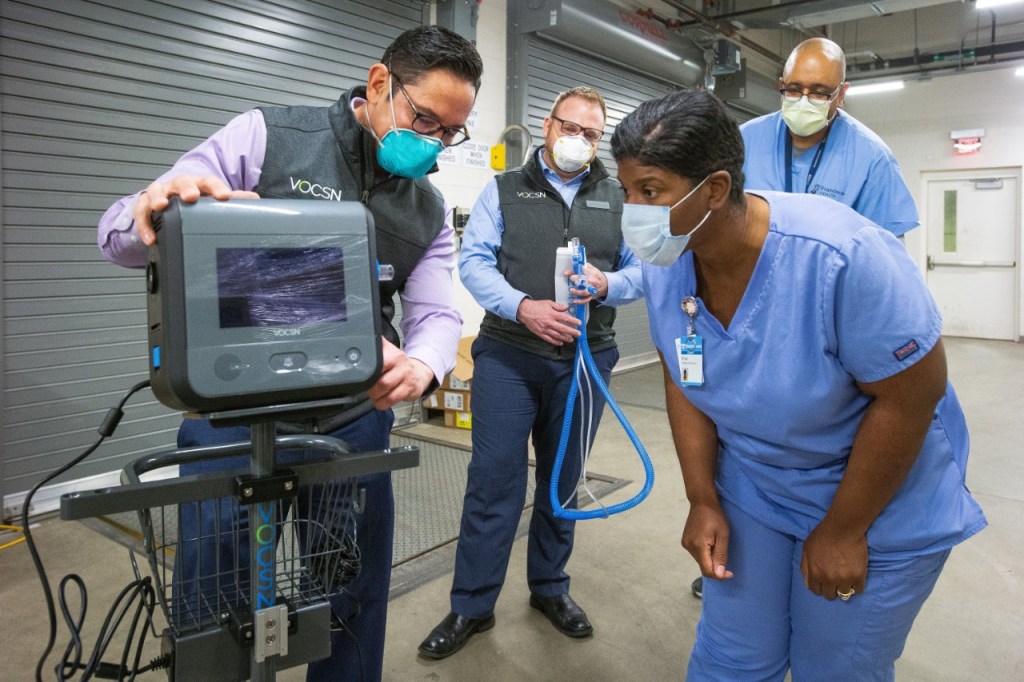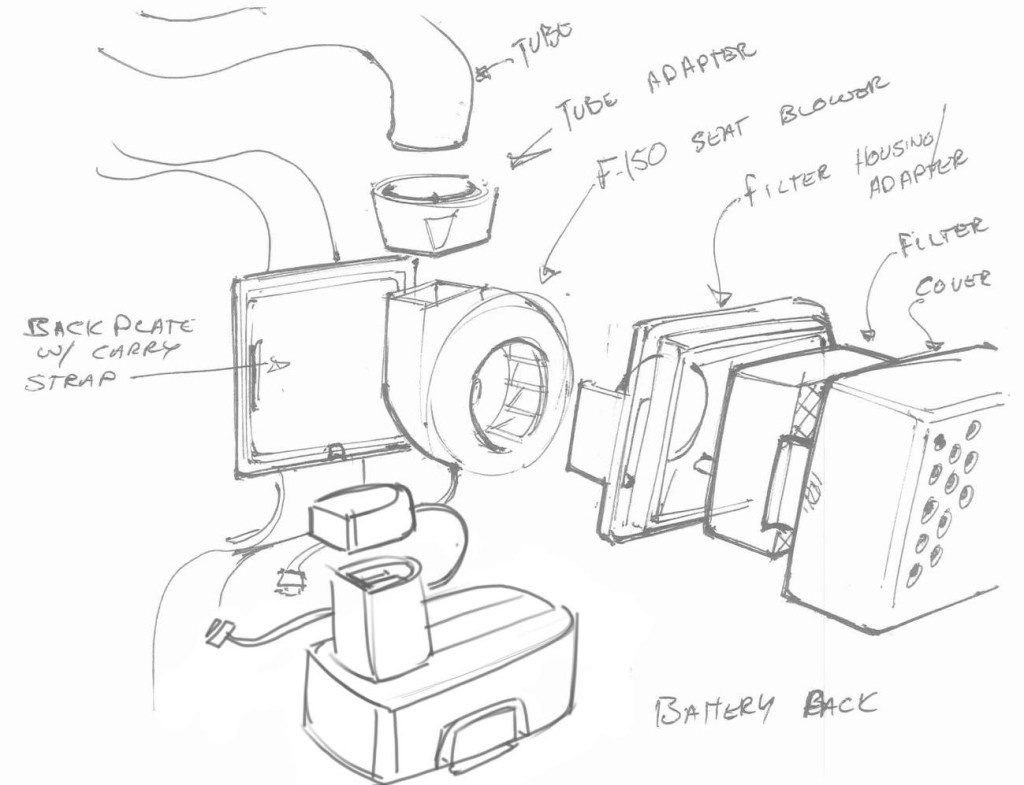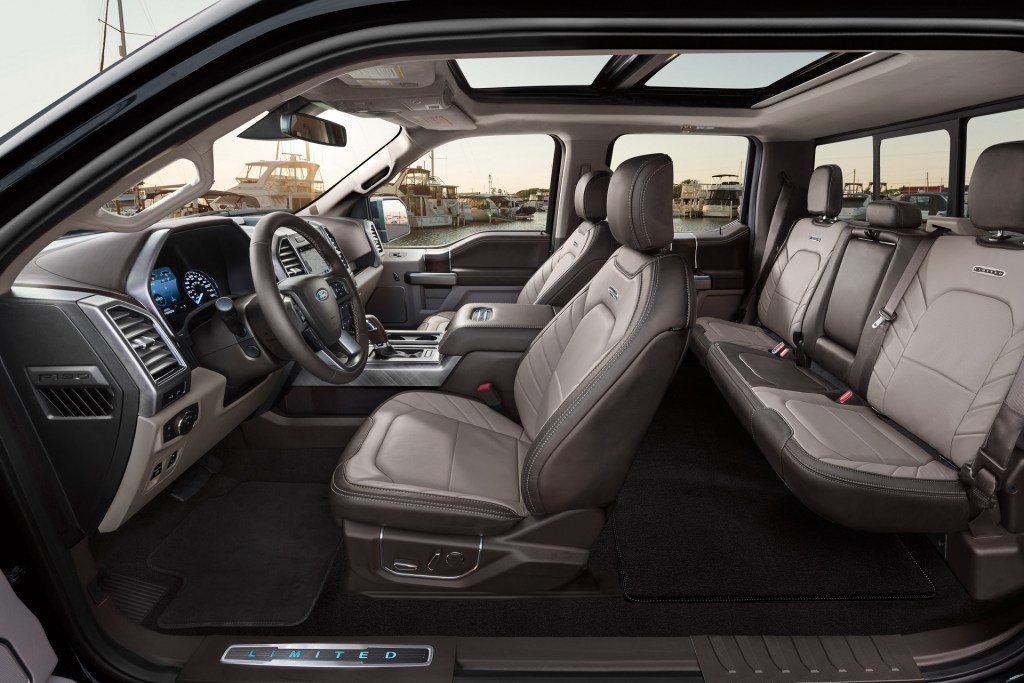
The First GM Ventilators Are Being Delivered
Automakers have started responding to the COVID-19 outbreak in earnest. Mazda is offering free auto service to healthcare workers, regardless of what car they drive. Daytona International Speedway has been repurposed as a drive-up testing facility. And instead of factory production lines sitting idle, several automakers have been repurposing them to make medical equipment instead. Ferrari is making respirators, Ford’s been making gowns and face shields, and as of this writing, GM’s first ventilators are going out.
Where GM is sending its ventilators
The news comes courtesy of GM spokesman Jim Cain. In a recent Facebook post, he revealed that GM’s Kokomo, Indiana plant had produced its first batch of ventilators. The automaker had partnered with medical supplier Ventec Life Systems, CNN reports, in order to bolster Ventec’s production capabilities.

Normally, Cain states that Ventec only makes about 200 ventilators each month. GM intends to have 30,000 ventilators produced by the end of August, and 600 by the end of April. Cain also claims the Kokomo facility has the capacity to produce up to 10,000 ventilators in a month. Which, considering Jalopnik reports the US may be facing a ventilator shortage, is very beneficial.
Of this first batch of ventilators, 10 are headed to Franciscan Health in Olympia Fields, Illinois, USA Today reports. 10 more are being sent to Chicago’s Weiss Memorial Hospital. 34 more from this first batch are going to be distributed via FEMA to various locations around the US.
But GM isn’t the only automaker working on ventilators. Toyota’s currently re-tooling some of its facilities to do so, as is Ford.
Ford is almost ready
In addition to the previously-mentioned masks and face shields, Ford is also going to be producing ventilators. And, like GM, Ford’s partnered with several other companies—in this case, GE Healthcare and 3M. The ventilators Ford will be producing are GE’s design. However, Ford has also developed something else: a powered air-purifying respirator. And it actually uses pre-existing Ford parts.

The Ford PAPR isn’t meant for patients, Road & Track explains, but rather to prevent medical professionals from being contaminated. It’s basically a contained mask/hood, which uses a blower to bring in air, pass it through a filter, and pass it on to the person wearing it. The filter comes from 3M. And the blower Ford’s using normally powers the F-150’s ventilated seats.

R&T reports the F-150 ventilated seat blower was chosen because of its small size and reasonable airflow. An HVAC blower wouldn’t work, as it would be too big and too powerful. And, because the F-150’s blower is similar to other widely-available models, it’s possible other automotive suppliers could also help produce similar PAPRs.
Because the Ypsilanti, Michigan factory Ford will be using to make the ventilators was closed, NPR reports, the automaker isn’t quite finished with retooling. However, Ford’s director of global core engineering for vehicle manufacturing, Adrian Price, said the facility should be ready for production on April 20, 2020. The goal is for Ford to ship 50,000 ventilators by July 4, 2020.
Tesla is still having issues
Tesla has also been gearing up to produce ventilators, The Verge reports, specifically Medtronic ones. However, there’s been some confusion with how the automaker, and CEO Elon Musk, have been handling the situation.
Some Medtronic ventilators have made it to New York hospitals. However, Business Insider, CNN, and Bloomberg report other hospitals have instead received bi-level positive airway pressure machines. BiPAP machines are technically ventilators, but they’re better suited for sleep apnea sufferers, not those suffering from respiratory failure. In addition to the BiPAP machines, one California hospital received several CPAP machines, also normally used for sleep apnea treatments.
Musk claims the hospitals received specifications on the ‘ventilators’ they would be receiving beforehand. And while KHN reports BiPAP and CPAP machines can be used on patients with mild symptoms, the devices can also aerosolize the COVID-19 virus, spreading it further.
Luckily, a group of med students at New York’s Mount Sinai hospital was able to modify the BiPAP with better airflow and filtration. And Tesla is reportedly working on producing genuine ventilators in its Buffalo, NY facility.
Follow more updates from MotorBiscuit on our Facebook page.


